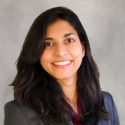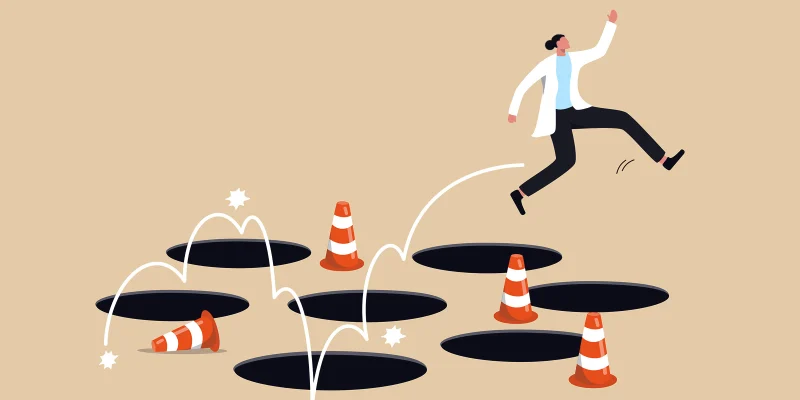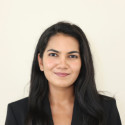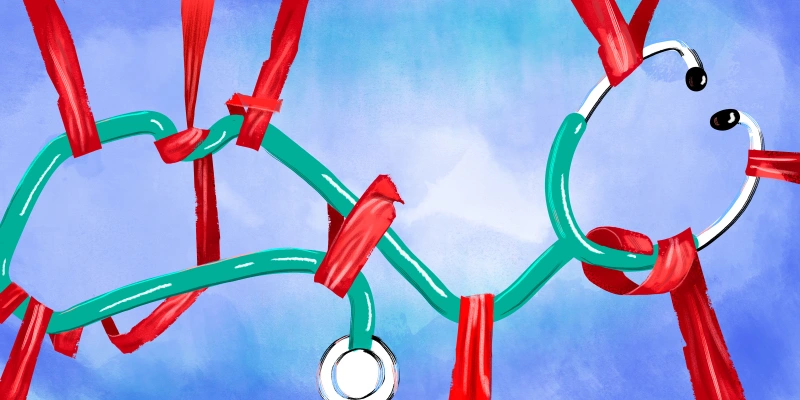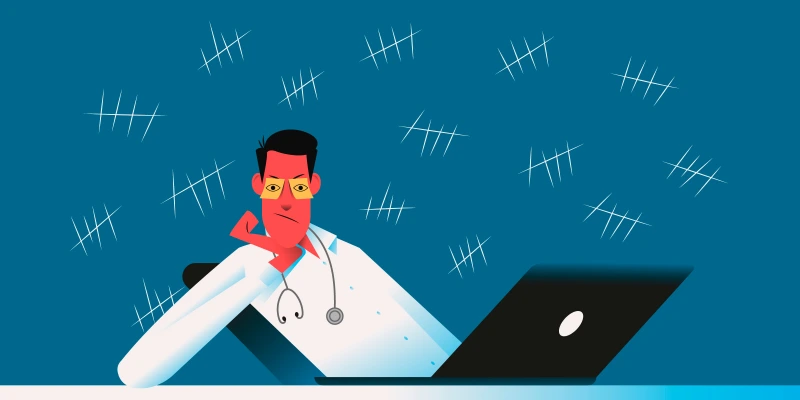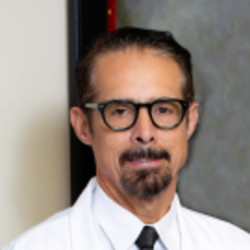Modern medicine depends on our capacity to discern sound from noise and practice situational awareness in some of the most cacophonous environments on earth: hospitals. Both the WHO and the Environmental Protection Agency suggest that sound levels in hospital settings should not exceed 35-45 dB. But most ICUs and many patient care areas, like preop, PACU, and the ED, routinely exceed that suggestion, and ORs are even noisier.
I’ve been interested in situational awareness since the early stages of my residency. Once, I was assisting in a laparoscopic paraesophageal hernia repair, and near the end of the case, the attending — my mentor and the type of surgeon I hoped to become someday — asked me to perform the upper endoscopy. I was eager to prove myself. As I began to pass the scope into the mouth, I heard my attending sigh loudly from across the drape. I looked up. My attending was still operating, eyes on the monitors. So I kept going. Then: another sigh, just sharper this time. “Priya,” he said, “How do you expect to do an EGD if the suction isn’t turned on?”
He hadn’t looked up. He hadn’t broken his surgical rhythm. But even while completing a complex, skillful operation, he had noticed the absence of a sound. His awareness wasn’t just visual or technical — it involved all the senses. His ability to detect even a missing sound amid the chaos and noise struck me as the pinnacle of situational awareness.
Indeed, surgeons tend to find sanctuary in one of the noisiest places in the hospital: the OR. What seem like discordant noises — beeping monitors, humming ventilators, whooshing air filtration, hissing suction, chirping A-flats of the Bovie — are a symphony to our ears. As conductors of this clangorous orchestra, we learn over time which sounds signal safety (regular rhythmic beeping), which sounds to ignore (low battery on the infusion pump), and which sounds spell danger (a pulse ox tone tumbling down the chromatic scale).
But what happens when the alarms that indicate danger go silent? In hospitals around the country, clinicians are warning leaders about incoming harm to patients as the system groans and cracks under its own weight. As the realities of our current economic and political environment continue to bleed into the challenges of providing medical care, it’s becoming increasingly difficult to keep track of the urgent voices that have shouted themselves hoarse before finally going quiet. We discuss burnout, unsafe coverage models, nurse-to-patient ratios, delays in care caused by arbitrary insurance policies, the erosion of paid time for teaching, the devaluation of education, and the impending disaster of cuts to Medicaid and reimbursements. Front-line voices — nurses, physicians, APPs, techs, therapists — know what normal sounds like. The concerns we raise are not anecdotes; they’re patterns. But instead of listening to our individual concerns, the cacophony of the system noise gets turned up to 11: we receive more modules to prevent burnout, more surveys, more metrics to hold ourselves to. More noise.
Within this chaos, we develop alarm fatigue. Indeed, an effective if not intentionally sinister way of keeping certain voices quiet is to introduce so much noise that it overwhelms our sense of situational awareness. Our once hopeful, disruptive voices begin to seem like just added noise, and when our concerns are repeatedly ignored or dismissed, numbness sets in. Over time, that numbness calcifies into a state of learned helplessness. We go quiet, not out of apathy, but from exhaustion. The silence that remains is often mistaken for complacency. Eventually, we’re seen not as burned out or unheard, but as efficient workers who keep going no matter what, wearing pyrrhic badges of honor for our resilience.
The fragmentation of our voices acts as an accelerator to burnout: we may recognize what dysfunction looks, feels, and sounds like. Yet if we’re each only whispering into the void — unheard by leadership, or worse, unheard by each other — our frustration dissolves into helplessness.
What we need isn’t just to speak, but to speak together. Both history and nature demonstrate that, in rare moments, the power of a collective voice can be undeniable. In 2024, two broods of cicadas emerged simultaneously, a convergence phenomenon that had not occurred in over 200 years. The result was a sonic event that could not be ignored — a roaring, unified chorus singing the true song of summer. When the cicadas finally retreated underground, a sharp silence remained, a space that amplified their sudden absence.
Situational awareness is not just about recognizing what’s loud — it’s about noticing what’s no longer there. Obviously, clinicians are not cicadas, and our voices are typically not homogenous. Only recently have groups of physicians been able to raise their voices in unison through unionization, an act that seems almost heretical, yet necessary. These physicians dared to ask: When our voices are not speaking in unison, and when we finally go quiet, who will notice? Who will recognize when the pulse ox has trailed off into silence? Who will hear that the suction isn’t on?
American health care is a ten-alarm fire, and many have been warning about it for years. A great deal has already been written about burnout, corporatization, and moral injury. So the question is no longer what’s wrong. The question is how we raise our voices in a way that cuts through the noise. It’s not as simple as unionizing, though that may help. It’s not as easy as donating to our specialty society’s PAC, though that may be necessary. What we need is something more insistent and sustained — not chaos, but harmony; not complaints, but a chorus.
What are some ways you've worked with colleagues to raise your voices and incite change in your health care institution?
Dr. Priya Rajdev is a surgeon specializing in minimally invasive abdominal wall reconstruction and benign foregut surgery in Phoenix, AZ. She is passionate about medical education, health literacy, and the importance of play in daily life. She enjoys gardening, reading, celebrating everyday absurdities and serendipities, and improv comedy. Dr. Rajdev was a 2024-2025 Doximity Op-Med Fellow.
Image by serazetdinov / Shutterstock

